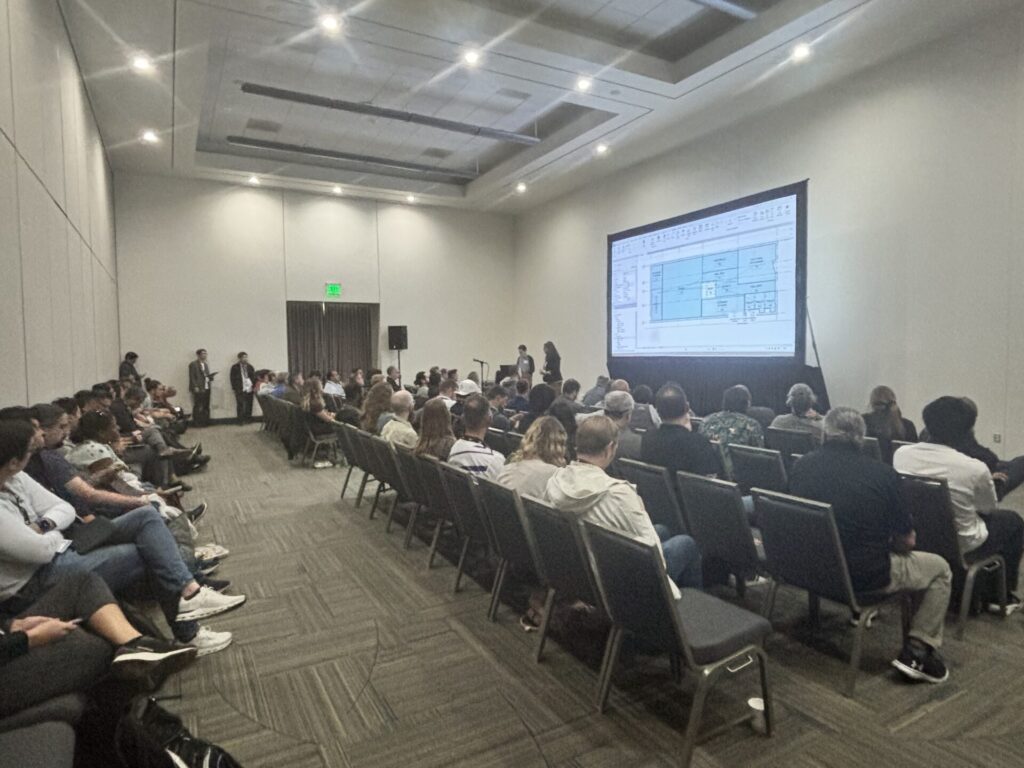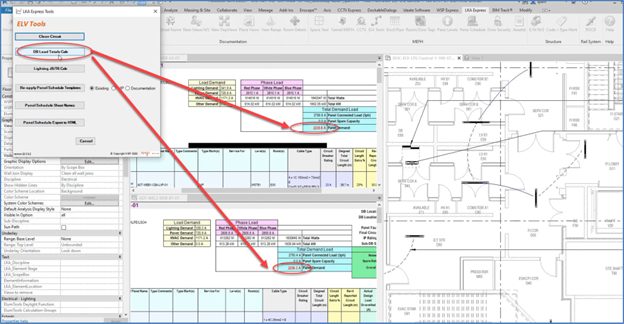
Spotlight on Electrical Engineering Classes for Revit at AU 2024
AU 2024: The Design & Make Conference, as in all years, was a whirlwind. As a product manager at Autodesk, it is immensely fulfilling to see users presenting capabilities of the products our teams work on every day to improve the lives of our users, and ultimately, supercharge the possibilities of streamlining their design workflows.
Two classes that I wanted to shine a light on are related to using Revit as part of the electrical engineering design analysis process. Each of these classes demonstrate how Revit can be used well beyond creating construction documentation, utilizing embedded data to streamline workflows. They also both demonstrate using Revit more fully and reducing dependence on disconnected workflows.
Learn more about each of these classes below and watch them on demand for free.
Supercharge Your Electrical Predesign with Electrical Analytical Tools
Watch on demand
This class was presented by Andrew Leavitt, digital practice manager, and Willow Nichols, EE PE, MBA, and licensed electrician, both of Victus Engineering. I had the pleasure of attending this class in person, which had a near-capacity attendance.

The class focuses on recently added functionality to address early design workflows. At the beginning of a project, the design engineer needs to establish basis of design and start planning distribution to facilitate preliminary sizing and coordination.
The described workflow involves making assumptions about power density, utilizing floor areas, and accounting for key major loads, such as mechanical or owner provided equipment. These conceptual loads are then connected to distribution components to facilitate load summaries. Without having to create a physical model or transcribe numbers between floor plans and spreadsheets, engineers define key design inputs and create preliminary distribution concepts to help establish equipment and spatial requirements.
These capabilities were introduced first in Revit 2023, with Revit 2024 adding support for demand load computation and 2025 adding support for single phase loads and distribution elements.
BIM for 4,000 Amps: Electrical Modeling and Calculation Case Studies
Watch on demand
Roy Qian, Technical Principal for WSP in New Zealand, presented a case study using Revit on several large transportation facilities.

One of Revit’s electrical key values has long been the ability to define all of a project’s power consuming loads, connect them to circuits, and distribute power to them through electrical equipment and other distribution system components. This workflow helps maintain a source of truth for your loads and how they’re connected and using that as a basis for design for sizing equipment and conductors.
While the specifics of how demand and code sizing requirements are computed vary widely around the world, the key inputs are relatively common. Roy shares examples of how he’s extended Revit’s built-in connected load computations to determine code sizing loads from connected loads as applicable for local requirements. The key first step is leveraging the foundational capabilities of defining families with associated loads and design data and utilizing Revit’s circuiting functionalities. He then provides an overview of crating add-ins to tailor the computations to his needs.

While I was unable to attend this class in person (I watched it on demand after AU), I did have the opportunity to talk with Roy in the exhibit hall during AU. I learned about his journey of attending Revit classes at AU many years ago to now being a seasoned presenter and technologist.
Want to know more about where things are going?
Visit the MEP Roadmap to get an overview of our strategic directions. On our radar we recognize the need to support additional complexity in distribution systems. By further enhancing integrated analysis capabilities and improving the extensibility of the logic Revit uses to represent systems, this leads to a better data model to support schematic diagram representations.
For the first time, the MEP Futures Briefing is available on demand. We also recommend you check out the Architecture Futures Briefing, as it covers a number of platform innovations that apply to all disciplines.
Want to get involved?
Join our Revit Preview Release Project. A couple of notable additions to the preview is work we’ve done to globalize electrical conductors and being able to organize panel schedules in the Project Browser.
Join the Research Community. All of our development efforts are backed by research and customer feedback. Let us know what your areas of interest are, and you may have the opportunity to connect with our product teams.
Do you think you have an interesting story to tell! Keep your eye out for the Autodesk University Call for Proposals. This usually happens around April, and it will be here before you know it!





